
Benjamin “Ben” Vautier, widely recognized as Ben, is a prominent French artist whose influential contributions to contemporary art are celebrated worldwide. Residing and working in Nice, he once ran a record store called Magazin from 1958 to 1973, immersing himself in the cultural and artistic life of the city.
Ben was born on July 18, 1935, into a French family in Naples, in the then Kingdom of Italy, and is a descendant of esteemed Swiss painter Marc Louis Benjamin Vautier (1829-1898). His artistic journey was largely shaped by encounters with Yves Klein and the Nouveau Réalisme movement in the 1950s. However, Ben’s interests evolved rapidly, leading him towards the pioneering works of French Dadaist Marcel Duchamp and the avant-garde compositions of John Cage. In 1959, he launched the magazine Ben Dieu, marking the beginning of his active involvement in the art world. In 1960, Ben organized his first solo exhibition, Rien et tout, at Laboratoire 32.
A significant turning point in Ben’s artistic career occurred in October 1962 when he joined George Maciunas and became a key figure in the Fluxus movement. This alliance reinforced his dedication to challenging the conventional boundaries of art and culture. Ben is best known for his text-based artworks or écritures, initiated in 1953. These works, such as Il faut manger. Il faut dormir and L’art est inutile. Rentrez chez vous (Art is Useless, Go Home), combine visual arts with textual commentary, offering profound reflections on daily life and the nature of art itself. His provocative statement “KUNST IST ÜBERFLÜSSIG” (Art is superfluous), prominently displayed at Documenta 5 in 1972, exemplifies his ability to engage and confront public discourse on art.
Throughout his entire career, Ben has been a vocal advocate for the rights of minorities, drawing inspiration from the theories of François Fontan on ethnism, particularly defending the Occitan language of Southern France. In 1981, he played a crucial role in defining the French art movement of the 1980s, known as Figuration Libre (Free Figuration).
Ben Vautier’s work has been celebrated internationally, with pieces displayed in prestigious collections such as the Museum of Modern Art in New York and the Museo Reina Sofía in Madrid. His significant installation, Magasin permanent, is permanently on display at the Centre Pompidou in Paris. In 2022, the MUAC in Mexico City curated one of the most comprehensive exhibitions of Vautier’s work, organized by Ferran Barenblit, further solidifying his status as a critical figure in the landscape of contemporary art.
www.ftn-books.com has several BEN publications available.










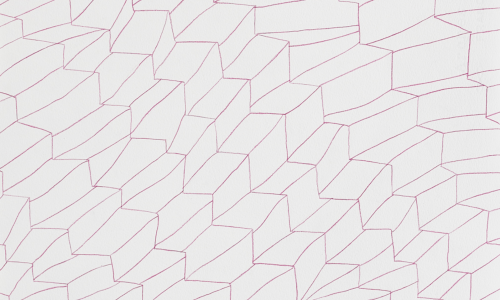
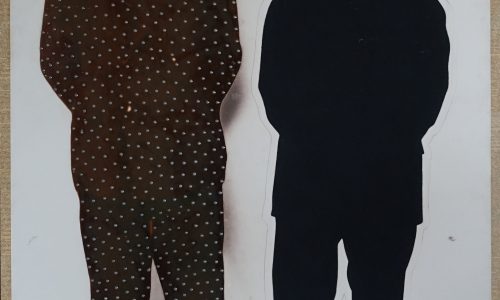



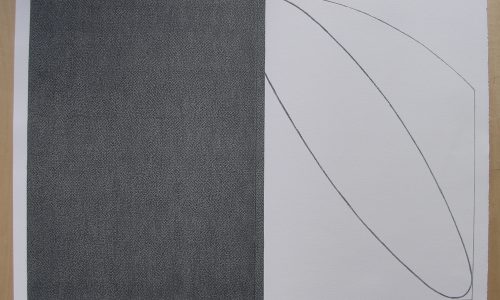
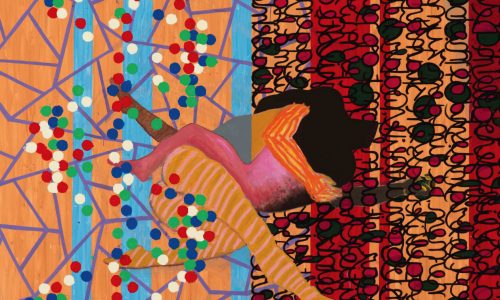

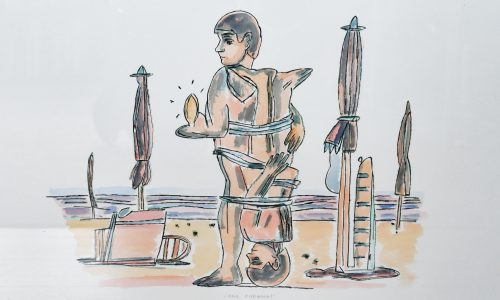






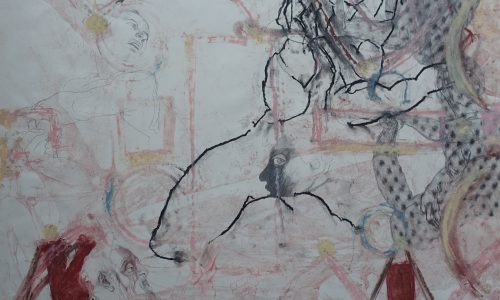
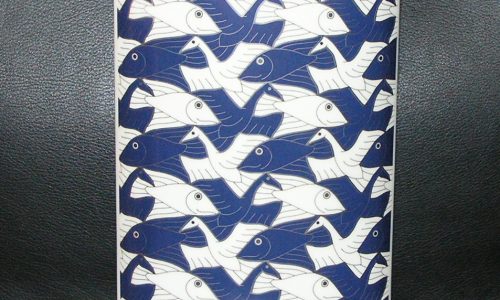

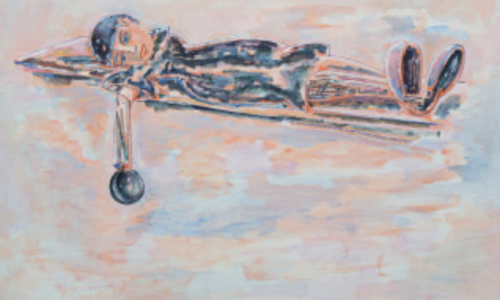

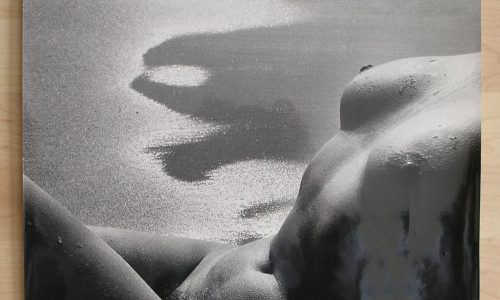




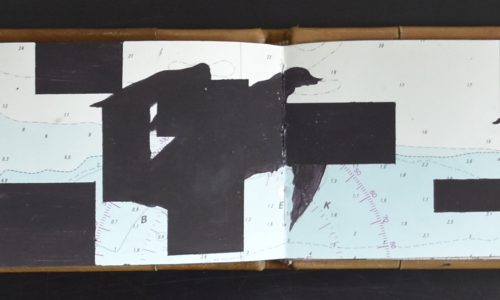
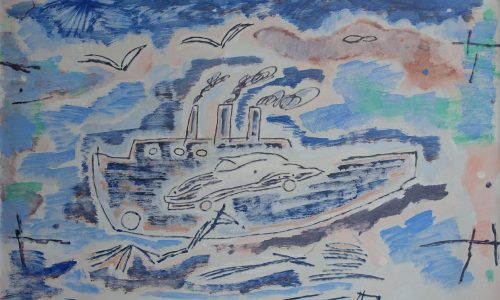























Your writing style makes complex ideas so easy to digest.
Thank you for offering such practical guidance.
I hadn’t considered this angle before. It’s refreshing!
Thanks for making this so reader-friendly.
You’ve sparked my interest in this topic.